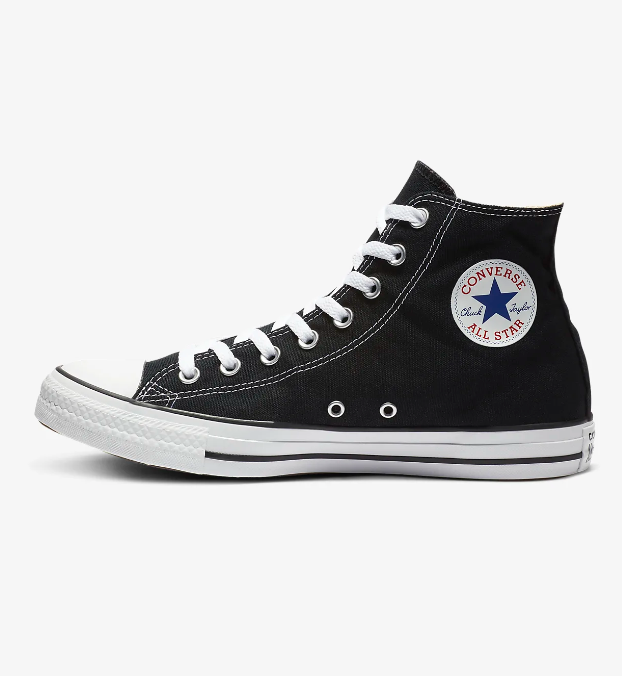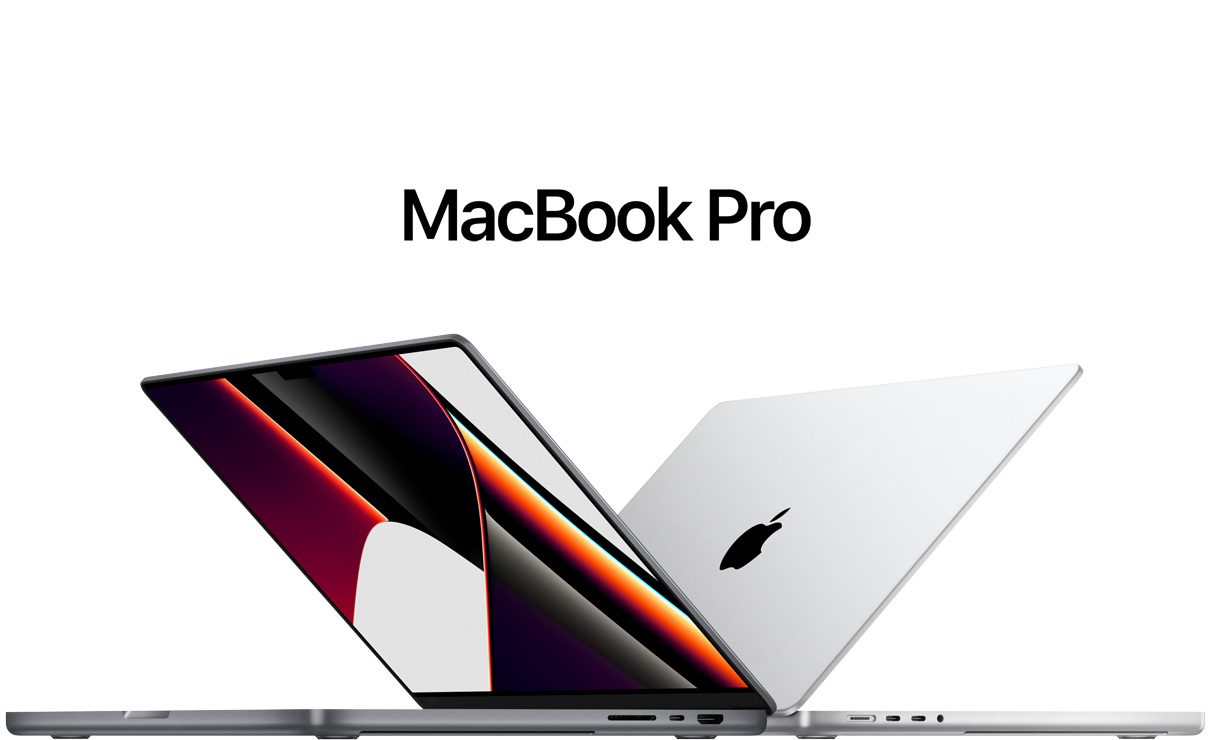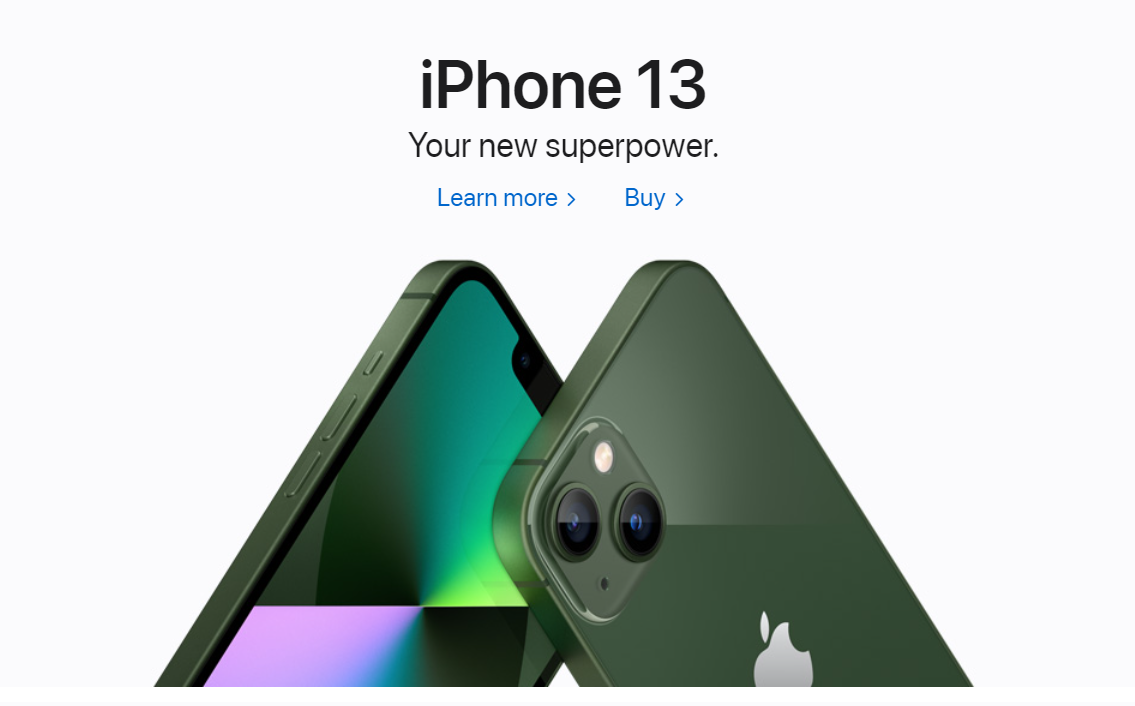
Product Branding vs Corporate Branding: What’s The Real Difference?
Last update: 31 August 2023 at 10:08 am
When it comes to marketing you will find yourself immersed in a world filled with terms that sound very similar to one another, but with rather different definitions. Understanding each one of them is the key to success. In this article, we will deep dive and compare product branding vs corporate branding.
Although these two concepts share a common foundation they operate in a rather distinct field of action and they respond to different realities. But, in real life, what’s the difference?
What is Product Branding?
Product brandingis the brand image applied to a product or a set of products. It is a strategy that helps consumers identify a product through a unique identity. Let’s be clear… The term product is to be understood in a broad sense, as it can relate to tangible goods as well as services.
In product branding the focus is on the product.
In other words, it’s the manifestation of a product’s identity in its name, voice, story, slogan, logo, personality, as well as its packaging, and any other marketing material to promote it. Product branding is the living representation of Aristotle’s famous phrase “The whole is greater than the sum of the parts.”
This process can be as simple or complex as you need/want. But the goal is to help your product stand out in today’s competitor-cluttered world while giving your target audience a reason to choose it.
Its benefits don’t stop there. Working with this strategic approach will help you:
- Make your product recognizable.
- Create brand and market awareness.
- Develop an emotional connection to drive consumer loyalty.
- Increase the return of investment from your advertising and marketing efforts.
- Ease the process of expansion to new markets or frontiers.
Examples of product branding
Not every successful organization has the same approach to product branding. In some cases, we can see the product brands linked to the corporate brand or company. In others, the connection is not that clear. They are all great, but you need to determine what path you want to follow and stick to it.
Let’s explore three examples of this branding strategy:
Converse
Did you know that Nike owns the Converse product brand? Probably not. And that’s OK. Most people are not aware of this.

The company has taken an approach to give Converse its own distinct image, voice, style, and even logos. They have built the brand with the support of a wide range of celebrities that reinforce the fact that these shoes are iconic, versatile, durable, and a wardrobe staple.
MacBook Pro
Apple has always excelled at branding, just take a quick look at how many of their products you know. They are so good at it, that a few years ago they made us feel an urgent need for white earphones.
For every product brand they create they take the time to develop the imagery, slogans, and names that connect with their target audience and deliver a message of simplicity and functionality.

Just by keeping the term “Mac” they are letting their buyers know this is not any computer. This is a Mac. And by adding the word Pro, they suggest this brand new computer is a higher professional device.
Happy Meal
McDonald’s is a great example of the importance of understanding what product resonates better with which audience. And creating a brand that resonates with them, their needs, and interests.

Their Happy Meal, a fast and cheap meal, is a solution for anyone who is on a run and does not want to spend much money on food. But, they market it to children. You can see the product package is different from any other option on the menu. It includes a free toy. And all their marketing efforts are designed for a younger audience.
What is Corporate Branding?
Corporate branding is a term used in marketing to designate the brand image of a company. It is the mental image that a brand wishes to convey. It encompasses the image that the company gives both externally, to its customers, and internally, to its employees.
In corporate branding the focus is on the company.
In particular, corporate branding represents the brand’s values (or Brand value), the brand’s voice, as well as its vision of the world. This brand identity is expressed in different ways:
- The corporate identity,
- The company logo and slogan,
- The messages used in all marketing communication (including social media channels and website)
Contrary to popular beliefs, creating a corporate brand goes far beyond choosing logos, slogans, or colors. It takes into consideration the real identity of the company in order to portray it in the most appealing way for all the stakeholders. Let’s not kid ourselves, the research and implementation process is long and tedious. That’s why at Sortlist we want to encourage you to do it with the help of experts in branding agencies.
Remember, whatever you create must convey the company’s vision in a consistent manner regardless of the communication channel. That way you will be able to make your corporate brand perfectly identifiable.
Examples of Corporate Branding
As corporate branding is the way a brand differentiates from its competitors, it’s not hard to find organizations that have mastered this art. One way or another they have found how to let the audience know the value in what they offer. And, take a closer look and notice how all of them focus first on the customer. Interesting, no?
Tesla
With huge competitors by its side, Tesla has been able to position itself as a luxury brand that sells high-quality eco-friendly vehicles. They’ve done it in a way that they differentiate themselves from standard electric vehicles.

Their mission “to accelerate the world’s transition to sustainable energy” is always present. And they have taken the task to demonstrate that driving electric cars can be even more fun than driving gasoline cars.
Apple
Not only have they mastered their product branding but Apple serves as a textbook for corporate branding. In their minimalist messages, you won’t see the cost of their products, instead, you will see the many different qualities their products have and how they resonate with their target audience.

Everything, from product packaging to their marketing materials and social media accounts reflects the company brand.
Airbnb
Airbnb revised its corporate identity to reflect more strategic brand management focused on making everyone feel like they belong.
You can see this in every message, every picture, even their tagline “Belong Anywhere” and their logo. The Belo, their new logo, reinforces the 4 things behind the organization: people, place, love, and Airbnb.

5 Main Differences Between Product Branding and Corporate Branding
From the few examples, we just shared you can tell that companies with a strong brand have mastered the art of corporate and product branding. Just think for a moment about Apple and each one of their products… Or Nike and Converse… You can even think of Mars and its different products such as M&M’s or Skittles.
If you want to develop a strong brand, you must first understand what are the main differences between corporate branding and product branding:
Difference #1: Messaging
Corporate branding helps you create an overall message centered on what the company stands for: values, beliefs, ideals, and goals. This story translates into marketing materials, visual communications, content for the website, and more.
While product branding messages focus on the product itself. They are there to let the buyers know the added value of your products or services. What benefits they can get from it? What makes it different from the other competitors?
Difference #2: Target audience
One of the biggest branding differences here is who it targets. Corporate branding is directed to consumers, stakeholders, and shareholders. It’s a very broad audience that involves different marketing techniques that help share the business story. Instead, product branding calls for end users. Its marketing materials must help sell your products.
Difference #3: Duration
A corporate brand it’s meant to last a lifetime. There are some businesses that go through a rebranding process and might need to change their messaging, logo, and more. But the idea is for a corporate identity to stay the same since the day it was created as it captures the entire scope of an organization’s identity.
This consistency translates into reliability and trust from your stakeholders. Just think of the golden arches of McDonald’s or the Coca-Cola logo.
But, when it comes to product branding it will only last the life of the product. It is specific and it helps differentiate your product from other companies offerings. If you sell a temporary product that’s only available for a limited time, the product branding will end as soon as the product exits the market.
Difference #4: Influence role
Today consumers highly value brands that go the extra mile. Those that take the time to be authentic, have strong and meaningful values. That is aligned with their beliefs. Being able to create a meaningful corporate brand will reflect corporate evolution. It marks a before and after on what your stakeholders think about you, and it will impact, in a positive way, your product branding efforts.
Difference #5: Benefits
At this point you probably can tell that the benefits of each type of branding are different. Just to name a few…
Investing time and efforts in corporate branding translates in a resulting clarity of what your brand stands for, therefore, making it more identifiable and relatable for your target audience. It also helps your employees and stakeholders have a clear understanding of what needs to be done and why. It increases motivation.
While a well-executed product marketing strategy will help with sales, product placement, and return on investment. It helps your target audience choose your brand over the many different options available in the market.
Conclusion
We live in a competitor-cluttered world, and having a targeted and meaningful story is key to success. To increase market awareness and stay on the top of mind of your buyer persona you must dedicate efforts to both corporate and product brands.
A branding agency can help you stand out from the crowd and keep your customers coming back for more, while still being able to manage your resources in the best optimal way. With a well-thought-out and executed brand image, you will increase your chances of reaching more ambitious goals.





